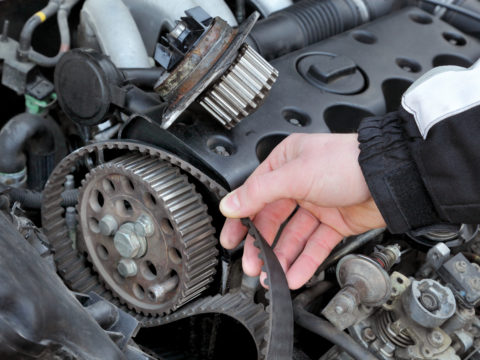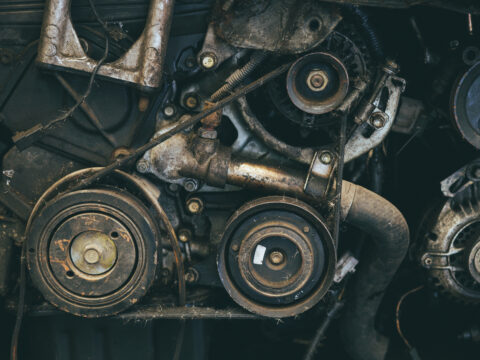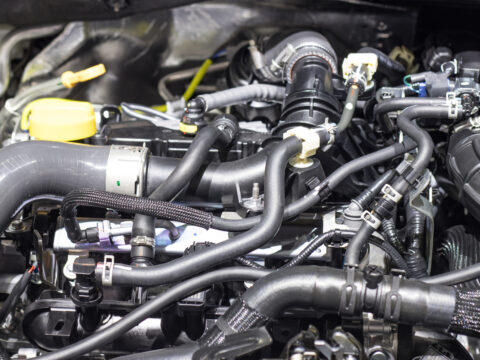When you notice your vehicle’s temperature gauge rise when idling, never take it lightly, as it can lead to severe engine damage. Instead, start looking for the cause of the high temperatures as soon as you notice the temperature gauge rise when idling. Here are some causes and solutions to consider.
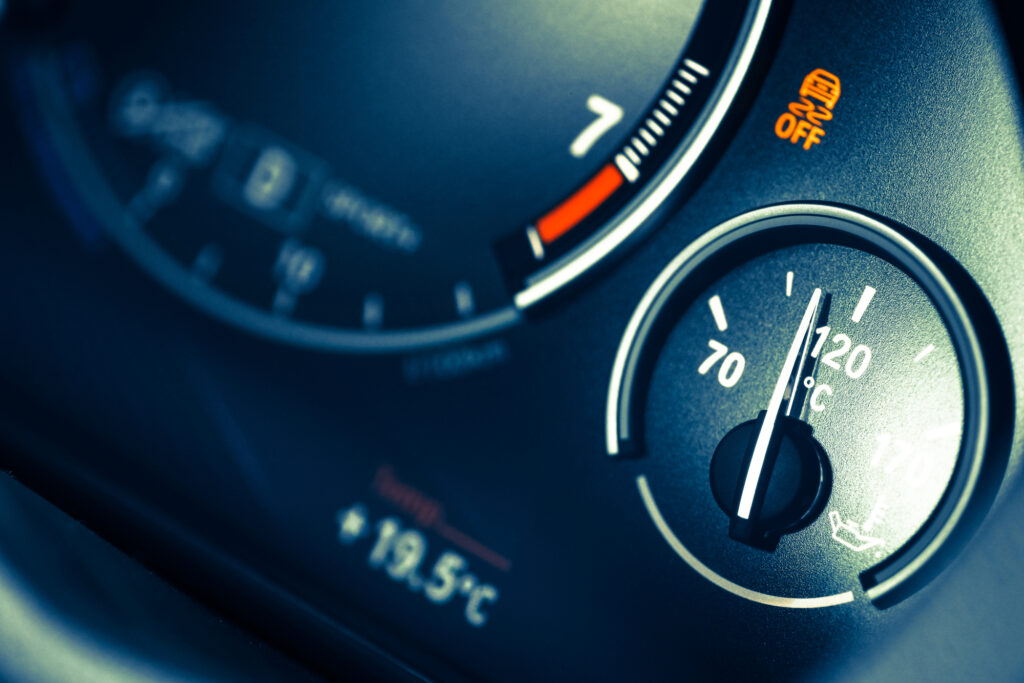
Contents
Normal Idle Engine Temperature
On average, your vehicle’s engine should sit between 195 and 220 degrees when idle. The exact number can vary depending on several factors, but you won’t have anything to worry about so long as the temperature doesn’t go over or under those values.
Going over 220 degrees means your vehicle’s coolant fluids risk burning, which directly increases the chances of the engine overheating from working too hard.
There’s also the possibility of the radiator burning from the increased temperature, and you’ll likely have no choice but to invest in a new one.
How To Diagnose an Overheating Engine
Unfortunately, there’s no quick and easy way to diagnose an overheating engine. The most effective method to diagnose the cause of the overheating is to check each of your vehicle’s overheating prevention methods and ensure they’re working correctly.
While time-consuming, you can make this process considerably faster by knowing what key areas to focus your search. In the sections below, you’ll find all these key areas and some basic fixes you can try to get your vehicle’s engine temperature back to a safe level.
What Causes a Car To Overheat While Idling?
Here are five common causes of engine overheating while idling.
1. Clogged Radiator
The radiator in a car is one of the primary ways heat gets out of the engine to prevent overheating. Because of this, a radiator needs to remain in good condition. Otherwise, you risk having your engine constantly overheat because it doesn’t have the proper support to keep temperatures low.
The most common culprit of radiator clogging is rust, which is dangerous because the chances of you noticing rust build up over time before it becomes an issue aren’t high. However, small bits of debris can also enter the radiator and block the coolant flowing through it.
2. Coolant Running Low
Aside from the radiator, coolant is the most crucial factor in preventing overheating of your vehicle’s engine. Without the proper coolant, the radiator can only do so much, so ensure you have the correct coolant for your vehicle.
By using the wrong coolant in your car, corrosion will start occurring, and this will potentially result in damage to the radiator and water pump alike.
3. Broken Water Pump
The water pump is responsible for moving coolant through the radiator and into the coolant system that keeps the engine cool. The coolant then circulates back around to the radiator, where its heat goes into the air from the radiator.
Maintaining the constant flow is vital to an engine’s temperature staying in check, so a faulty water pump is a cause for immediate concern. Because most water pumps undergo significant amounts of usage, they naturally give out over time and need replacing, so be ready to deal with that at some point if your vehicle’s water pump isn’t failing already.
4. Thermostat
While the radiator and water pump play large roles in ensuring coolant gets to where it needs to be, the thermostat plays an equally important role by deciding when a coolant system requires coolant. When a thermostat goes bad, it can incorrectly determine when the coolant needs to go to the coolant system and cause your car’s engine to overheat.
Aside from checking the thermostat manually, the temperature gauge rising higher than usual is one of the most obvious signs that your vehicle needs a new thermostat.
5. Radiator Fan
The radiator fan directs cooling air through your car’s radiator to keep the engine cool and sits between the engine and the radiator. The fan generally runs when your vehicle is idle or moving slowly, as air is less likely to run through the radiator than when your car travels at high speeds.
Aside from an overheating engine, a faulty air conditioning system is another sign that the radiator fan is bad.
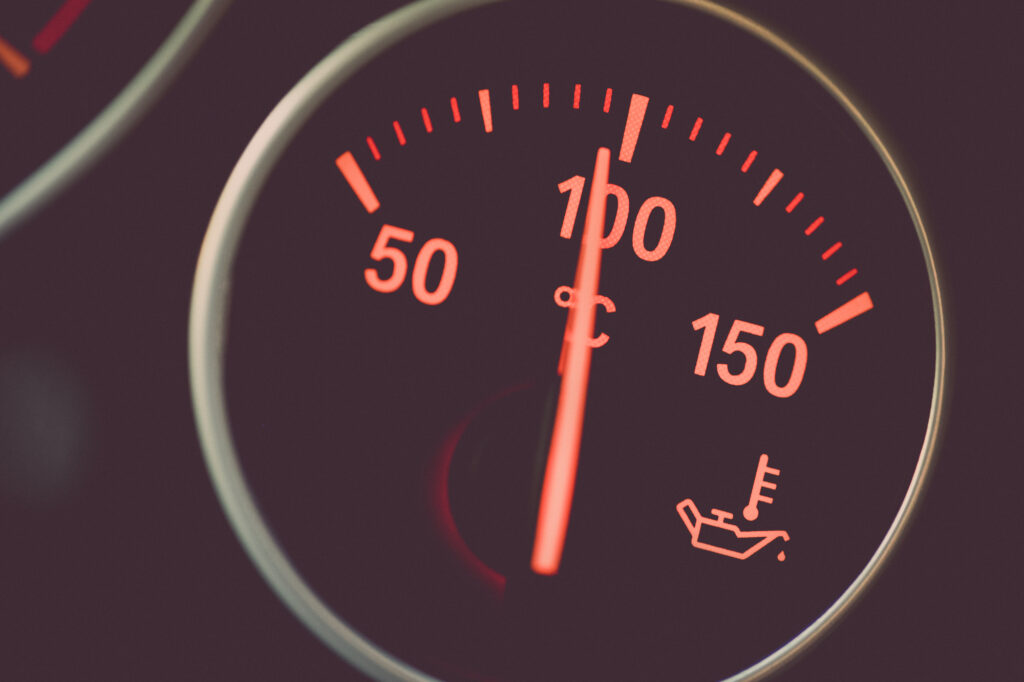
How Do I Stop My Car From Overheating When Idling?
Here are some methods to keep your come from overheating when idling.
Free Up the Radiator
Unclogging your vehicle’s radiator is a simple process that involves draining all the old coolant out of the system and giving the radiator’s insides a good rinse with distilled water. After that, add a 50/50 mixture of fresh coolant and water.
Get the Right Coolant
Before adding any more coolant to your vehicle, it would be best to ensure you’re using the right stuff. Because using the wrong coolant can cause damage to your car’s parts, check the manufacture’s manual to see what type of coolant you should use.
Replace the Water Pump
On average, replacing a water pump can cost around $550. While expensive, the upside is that you typically only have to replace your car’s water pump every 60,000 to 100,000 miles.
Replace the Thermostat
Most thermostats sit where the engine and the top radiator hose connect, making it relatively easy to reach if you want to try replacing it yourself. You only need to remove the clamp and hose attached to the thermostat, as well as the bolts holding it in place. And unlike the water pump, the average cost of replacing a thermostat is $200-$300, making it substantially cheaper.
Replace the Radiator Fan
Lastly, replacing the radiator fan in your car is the most expensive of these fixes, with the average price falling between $450 and $1000. It’s also one of the most technical processes, so you’ll want to have a professional handle the task instead of attempting it yourself.
Can High Idle Cause Overheating
No, a high idle will not cause your vehicle to overheat as long as all the essential cooling parts are not experiencing issues.
What To Do if the Overheating at Idle Persists?
When you find that your car still suffers from overheating after trying the above fixes, the best thing you can do is take it to a professional mechanic and get an inspection.

